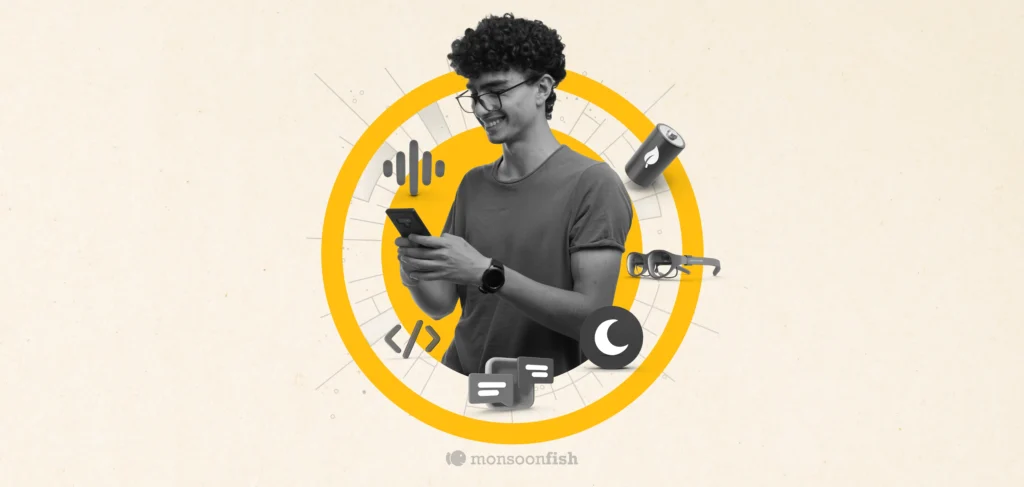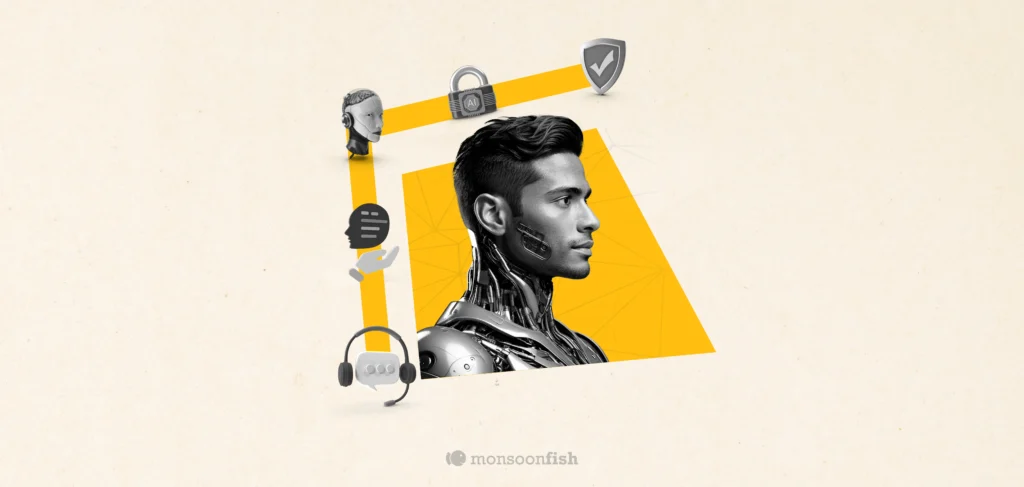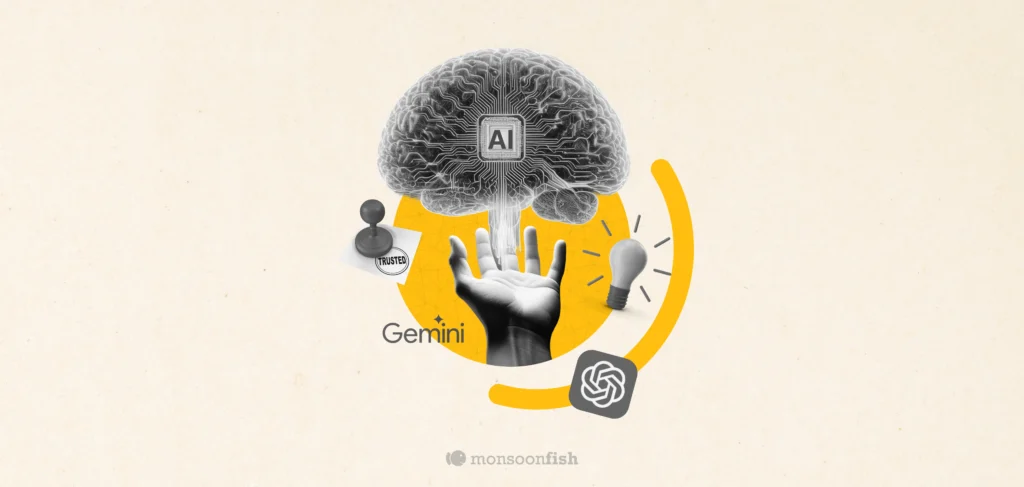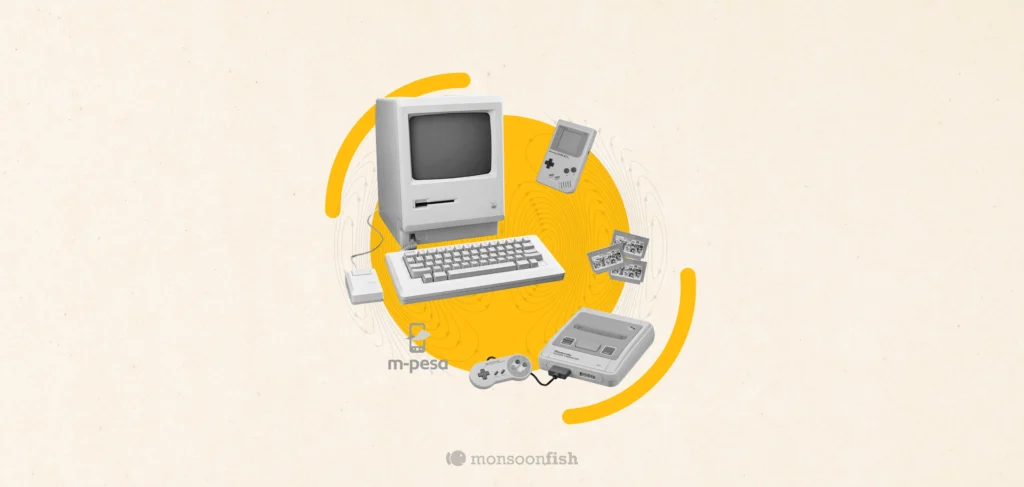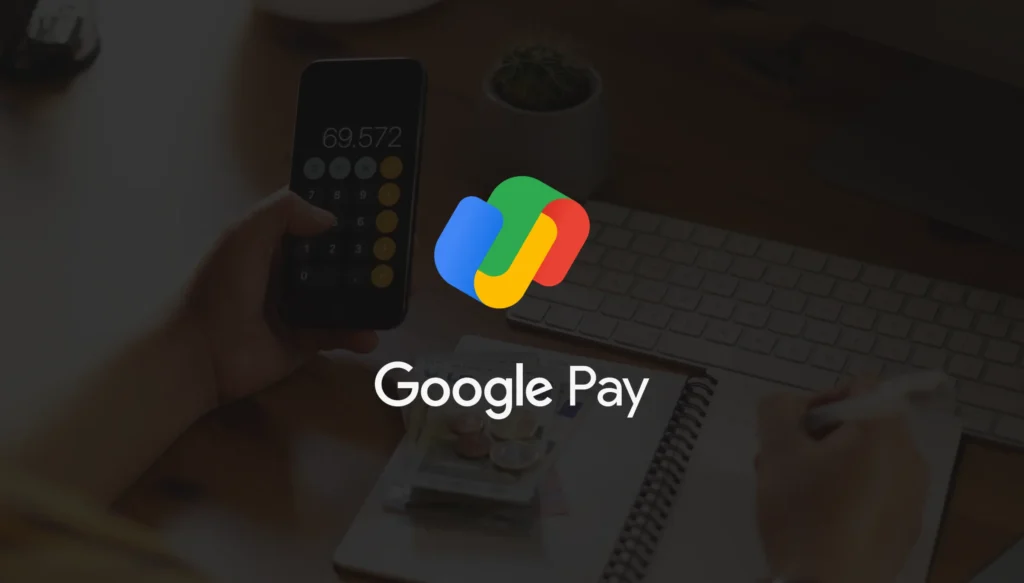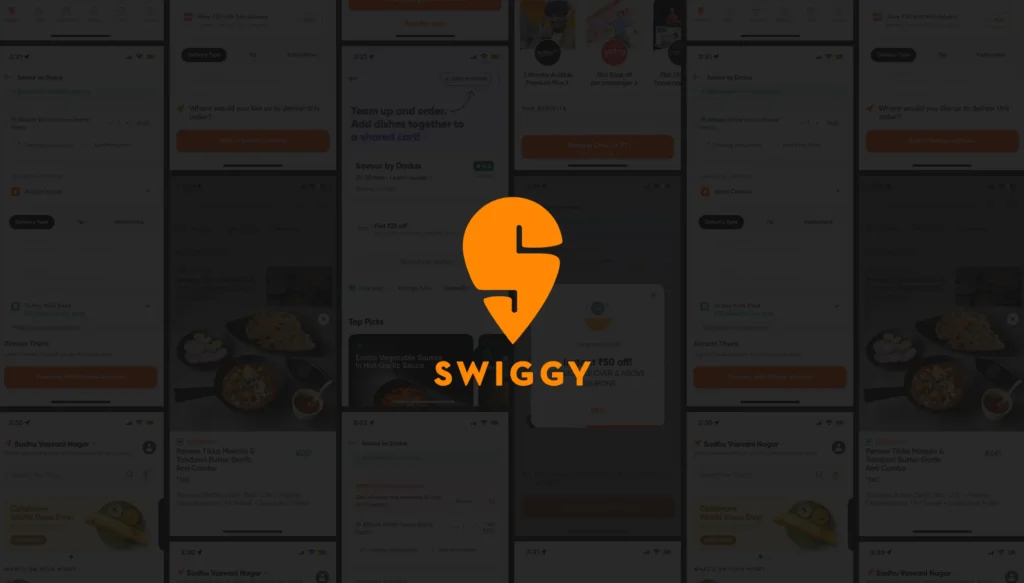What is UI/UX Design
UI/UX design shapes how we interact with digital products. This complete guide helps you learn about what it is, key skills, career pathways and future trends in the field.
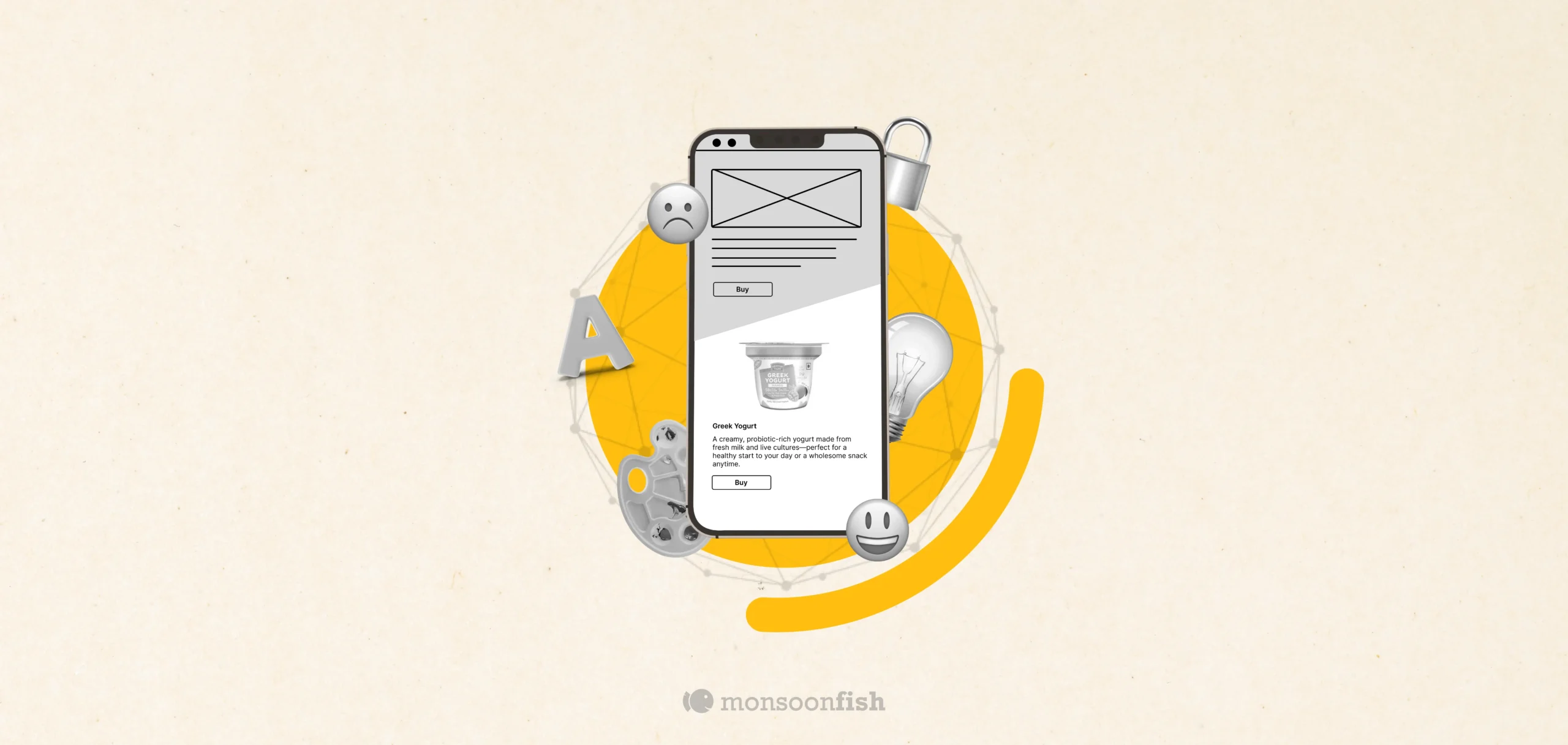
CONTENTS
What is UI Design?Characteristics of User Interface DesignWhat Does a UI Designer Do?What Is UX Design?Characteristics of UX DesignWhat Does a UX Designer Do?The Traits of a UX/UI DesignerKey Skills of a UX/UI DesignerEssential Skills for UI/UX DesignersCareer Options for UX/UI DesignersWhat Is the Salary of a UI/UX Designer?Social Share
When building a website or app today, one question always comes up: what is UI UX design, and why is it so important? It’s no longer just a “nice to have”—it’s at the heart of how users experience your product.
Think of UI as the ambiance of a restaurant—the lighting, the plating, the décor. UX? That’s the entire dining experience—how you’re welcomed, how smooth the service is, and whether you’d come back again.
In this blog, we’ll break down what UI UX design really means, how the two differ (and overlap), what UI/UX designers actually do, and what skills and career paths are shaping this fast-evolving field.
What is UI Design?
User Interface (UI) design is the plating and ambience of a digital product—the buttons you tap, the menus you scroll through, and the icons you recognize instantly. It determines how your product looks and feels in the first go! UI assures that your user’s first impressions are great and they find the product visually striking.
Whenever you interact with a webpage, even now, with this blog you are reading the font size, back button placement everything is placed and crafted in a way to ensure an effortless experience for you.
Characteristics of User Interface Design
Clear, consistent and easily accessible, these are the signs of a well-designed user interface.. Let’s break down what that looks like:
- Clarity: Ever opened an app and instantly knew where everything was? That’s good UI. The right placement for every button, icon, menu ensure easy understanding.
- Consistency: Imagine if every app had a different icon for settings. Confusing, right? UI elements should follow familiar patterns so users don’t have to relearn how to navigate
- Efficiency: Whether it’s a one-tap checkout, intuitive gestures, or smart shortcuts that save time–an exceptional UI helps you get things done faster.
- Flexibility: Everybody doesn’t use the same device, do they? User Interface should be seamless and adaptive across devices. To make sure everyone can use it comfortably, accessibility features like larger text or voice commands should be incorporated.
What Does a UI Designer Do?
The visual experience of a product is determined by a UI designer. Their job includes:
- Creating wireframes and prototypes: Before jumping into visual design, UI designers lay down the basic structure—kind of like sketching a blueprint before building a house. These wireframes and prototypes help the team align on layout and flow before anything goes live.
- Choosing color schemes, typography, and icons: From the shade of a button to the font used in a headline, every visual decision influences how a product feels. UI designers carefully craft these elements to reflect the brand’s personality while keeping the interface clean and usable.
- Enhancing user interactions through animations and microinteractions: It’s often the small things—like a subtle animation when a button is clicked or a hover effect that responds to your movement—that make a digital product feel polished. UI designers focus on these tiny moments that bring the interface to life.
- Ensuring consistency in branding and user experience: Whether a user is browsing the homepage or checking out their cart, the look and feel should feel like it’s all part of one cohesive experience. UI designers ensure that branding, style, and layout stay consistent across screens and devices.
At Monsoonfish our UI designers focus on designing intuitive and visually compelling digital experiences that improve engagement.
What Is UX Design?
The benchmark for a great User Experience (UX) Design checks the boxes of easy navigation, smooth transitions and intuitiveness. It makes the product’s experience feel just right.
In the background of every great UX is the best UX research agency with their research, usability testing, and carefully thought design choices. To make the experience feel seamless, designers must really analyse how people use a product, what their pain points are and then tweak things.
“Wow, that was smooth.” An exceptional user experience goes beyond usability to create moments like these. With new tech and AI-powered UI/UX trends shaping 2025, the problem solving and design process in 2025, UX designers will have to adapt to the new normal and user expectations.
Monsoonfish Expert Insight:
Rishabh (UX Designer) : “The best UX often goes unnoticed—but that’s the point. As we move into 2025, the challenge isn’t just designing for screens—it’s designing for rapidly changing human behaviours, contexts, and experiences we’ve never seen before. Research, empathy and agility are more important than ever”
Characteristics of UX Design
- Understandability: Good UX starts with empathy. Designers dig into user behaviour, goals, and emotions through research to create experiences that just make sense. If users have to stop and think too much, something’s off. A well-designed UX feels familiar and easy to grasp—even the first time you use it.
- Strategy: UX isn’t just about the interface—it’s about solving the right problems. A solid UX strategy aligns what users need with what the business wants to achieve. It’s the bridge that turns goals into real, functional experiences.
- Interaction Design: A product’s flow should feel natural, with minimal friction. From the first screen to the last, interaction design focuses on creating smooth flows that guide users effortlessly through a product. When done right, users hardly notice—they’re just getting things done.
- Accessibility: Design should work for everyone, not just the majority. UX that’s accessible ensures people of all abilities and devices can navigate, understand, and interact with ease—whether that’s through larger text, screen readers, or voice commands.
Monsoonfish Expert Insight:
Rahul (UX Designer): “I have been in this field for almost 10 years now and the foundation of UX hasn’t changed—it’s still about empathy and solving real problems. The process of achieving this is evolving fast. With AI, voice interfaces, and hyper-personalisation becoming the norm in 2025, we now need to think beyond screens. We’re designing for context, emotion, and adaptability in newer and fast evolving ways than before.”
What Does a UX Designer Do?
A UX designer’s role is multifold. It requires you to have an understanding of the following:
- User research and testing: Exceptional UX starts with understanding real people—their needs, frustrations, and habits. Designers conduct interviews, surveys, and usability tests, and ux audit then analyze data to refine the experience. What is a UX audit? Expert assessments that help keep things smooth and user-friendly for a platform/product.
- Creating wireframes and user flows: Before a product takes shape, UX designers map out the user journey, ensuring navigation feels natural. They collaborate with UI designers to strike the perfect balance between usability and aesthetics.
- Prototyping & Iteration: Build interactive prototypes for early-stage validation.Gather feedback and refine designs through an iterative testing process.
- Collaboration with Developers & Business Teams: Work closely with developers to translate UX insights into functional interfaces.Align design decisions with business goals and user needs.
Great UX is invisible. If users don’t notice the design but accomplish their tasks smoothly, the job is done right.
At every UI/UX design agency, designers work closely with UI designers and developers to create seamless user journeys across digital platforms.
The Traits of a UX/UI Designer
A UI/UX developer is a multifaceted professional. There are multiple disciplines that a developer needs to maintain if they aim to have a working career as a UI/UX developer.
- Always Put The User First
Walk a mile in the users’ shoes and you’ll understand what needs to change in your design. Implementing these processes based on the research gathered is what developers should always focus on. Empathy is the bread and butter for a developer. A developer needs to pinpoint what makes a user tick. - Being Tech-Savvy
We’re surrounded by powerful tools and emerging tech—especially with AI becoming a big part of our everyday lives. But even the smartest technology is useless if people can’t figure out how to use it. That’s where UI/UX designers come in. Their job is to turn complex systems into simple, intuitive experiences that anyone can understand. To do that well, designers need to deeply understand what the product is meant to do—because only then can they help users make the most of it. - Problem-solving Skills
Every product or design will have its fair share of problems with it. The users are entitled to feel confused or lost at some point or the other. A UI/UX designer should have all the conscious tools to effectively tackle these situations as and when they arise. Patience and thorough knowledge of designing will help them solve the users’ problems. - Effective Communication
Communicating is an important arrow in a developer’s quiver. This is because the role is so collaborative. You should also be able to discuss design principles with non-design folks, such as developers. Designers often have to host training sessions or present their designs in a hall full of people. These tasks demand high levels of confidence and presentation skills. Presenting a design or product in the best way is half the battle won.
Key Skills of a UX/UI Designer
The brief given to UX/UI designers varies exponentially in accordance with the brand they’re working for. Several professional UX/UI designers have come in from different professions that had transferable talents and skills. Several visual designers, software developers, and digital marketing officials have branched onto UI/UX design.
Coming from a varied range of educational backgrounds, these designers need to garner a lot of technical skills. A degree in graphic design or web design could be another feather on their hat. UI/UX designers need a range of technical skills such as UX research, wireframing and prototyping, interaction design, visual communication, and information architecture.
The perfect UI/UX designer must exhibit several soft skills in addition to their designing prowess. Soft skills have the power to turn an average designer into a pathbreaking one. These soft skills include being optimal at communication, curiosity, and being empathetic to the end-users.
Essential Skills for UI/UX Designers
A great UI/UX designer requires both technical and soft skills.
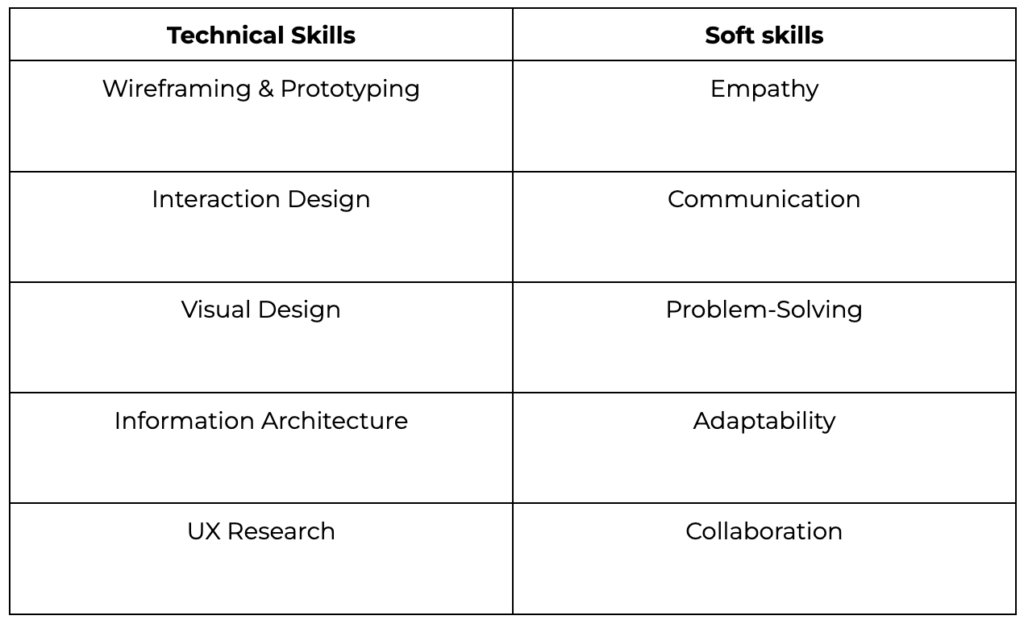
Monsoonfish Expert Insight:
Subham (UI/UX Expert: “The future of UX/UI design in 2025 will require designers to adapt to AI-driven tools, voice interfaces, and mixed reality (AR/VR) to create more immersive experiences. With AI disrupting the way we design and build, it’s also important to not forget the core–the user is always at the center.
Career Options for UX/UI Designers
A UI/UX design career offers many opportunities:
- UI/UX Design
For this job, one has to collect a database of research insights in order to scope out the users’ needs. For this, designers usually employ the help of wireframing and prototyping, followed by usability tests. Combining UX and UI into a single all-round product is a new trend now. - Visual Design
As the name suggests, these designers are responsible for giving a visually pleasing look to a tangible or digital product. The interface is designed by them. While designing it, they need to work in close proximity with interaction designers and copywriters to build an interface that looks good, is easy to understand and is efficient. They may also assist UI/UX designers with developing high-fidelity prototypes towards the end of the design phase. - Research Roles
Research is a vital element of being a UI/UX designer. They garner information and inputs from the users by conducting interviews, surveys, or basic observation of the users. They also host focus groups stationed in their natural habitat to keep a track of their usage and issues. This role also includes analyzing data for the UI/UX team to further their respective operations. - Coding
These people are human links between the design and engineering teams. They are a bridge of sorts connecting two very different worlds. Their area of focus is to convert a design into reality. A UX engineer’s arsenal includes computer languages such as HTML, JS, CSS, and so on. - Website Design
UX/UI designs have paved the path for several custom elements that are incorporated in websites for a holistic and user-friendly interface. The primary goal behind adding such elements and to understand what is UI/UX design, it is essential to encourage the users to actively engage while on the platform.
What Is the Salary of a UI/UX Designer?
Experience, location, and skill set, these are the 3 factors that determine the salaries for UI/UX designers:
- Junior UX/UI Designer (0-2 years): ₹4-8 LPA
- Mid-Level UX/UI Designer (3-5 years): ₹8-15 LPA
- Senior UX/UI Designer (5+ years): ₹15-30 LPA
Salaries are projected to rise in the coming years due to the increasing demand for UX professionals.
UI & UX: The Perfect Design Partnership
UI and UX are often mistaken and even used interchangeably but they are two very distinct branches of the same tree which focus on different aspects of a user’s journey.
- UX Design is like the architect of a digital experience—it ensures everything works smoothly, is easy to use, and solves real problems. It’s all about logic, structure, and making interactions effortless.
- UI Design is the artist—it shapes the look, feel, and personality of a product, creating a visually appealing and engaging experience that connects with users emotionally.
UI and UX go hand in hand, and many designers dip their toes into both before finding their sweet spot. The best way to decide? Jump in, get hands-on experience, and see what clicks for you.
At Monsoonfish, we believe great design starts with understanding people. Our research-driven approach helps us create intuitive, user-friendly experiences that don’t just look good—they align with business goals and drive real impact. As the best leading UI/UX design agency, we build digital products that keep users engaged and businesses thriving. Start a project with us today!
